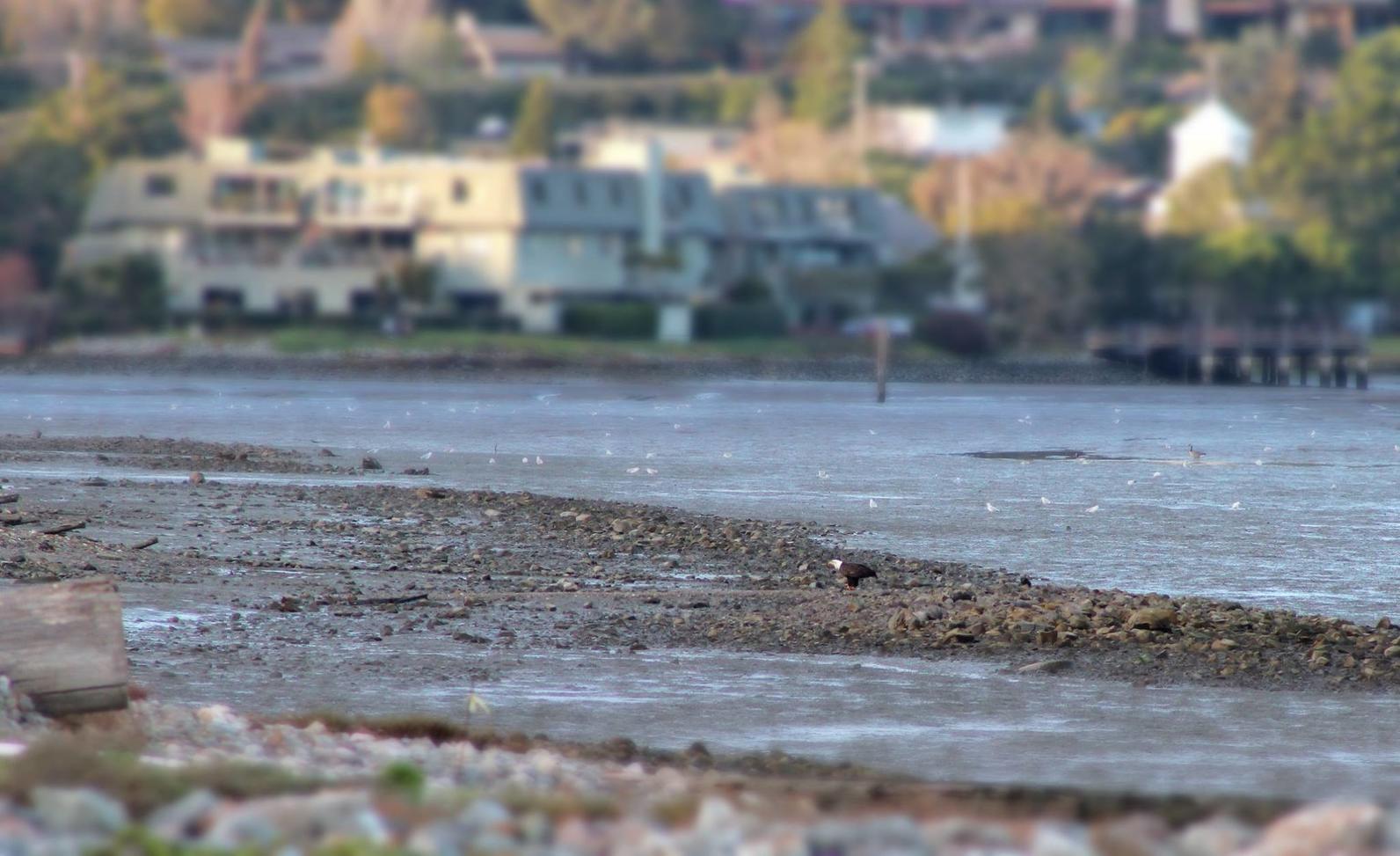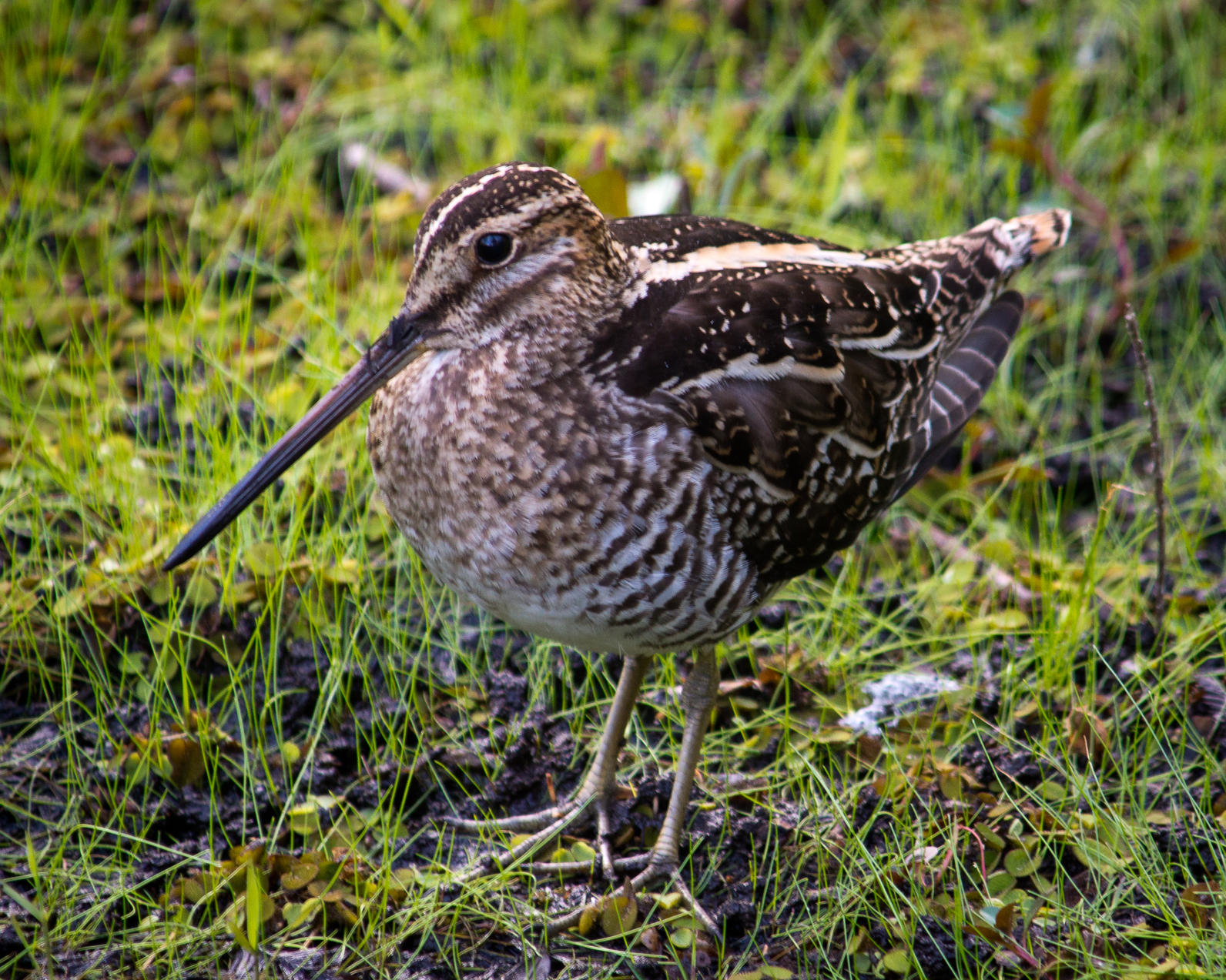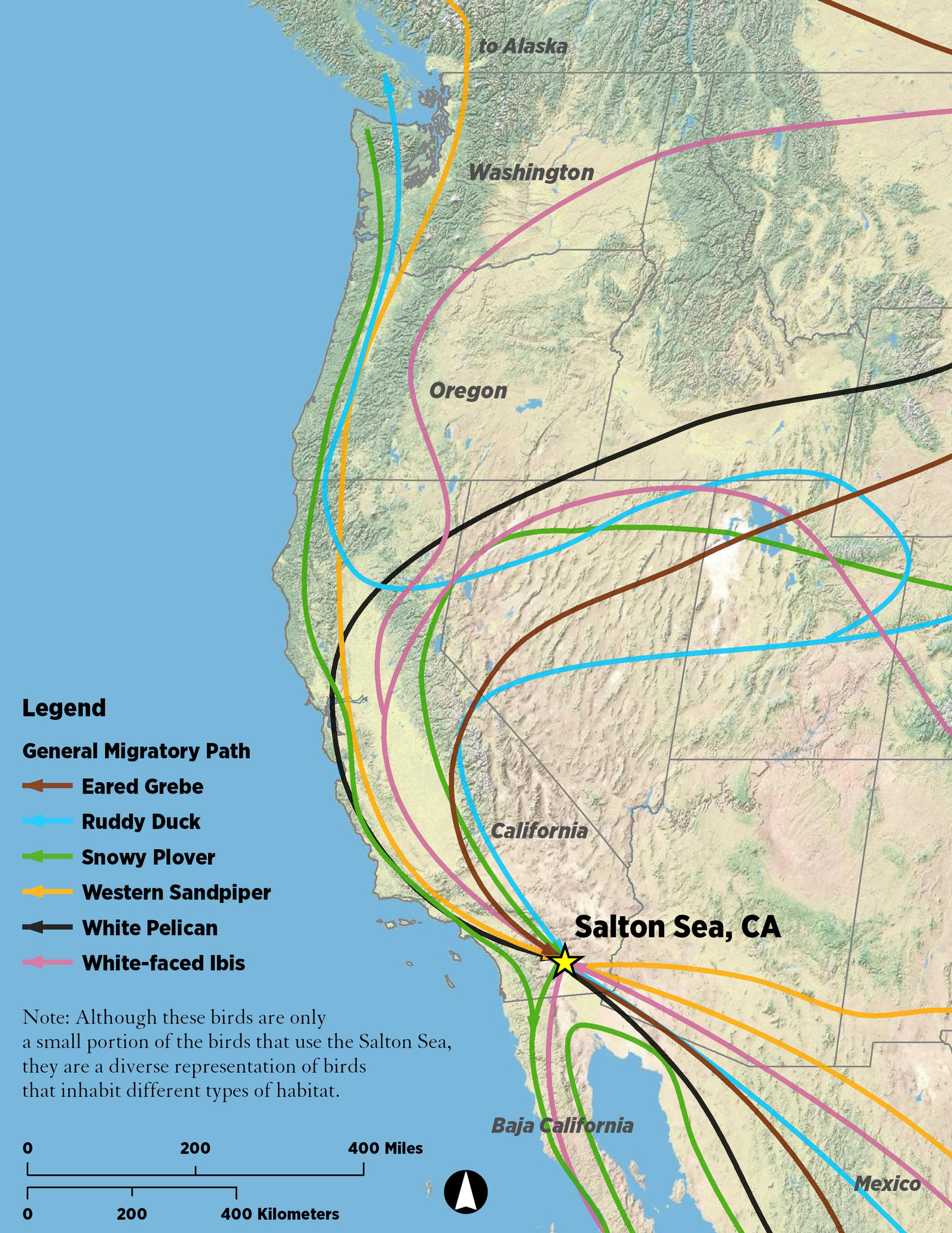Latest News and Updates from Audubon in California
California Condor. Photo: Scott Frier/USFWS
Audubon California's Anna Weinstein talks about protecting the small fish that seabirds need to survive. Your voice can make a difference right now, as fisheries managers are taking comment on new regulations that could go a long way toward protecting the food resources. Speak up today.

Our friendly Bald Eagle is back at our Richardson Bay Center & Sanctuary, this time using the newly restored Aramburu Island shoreline.

"I love birding because I love the outdoors and it gives me a way to interact with the natural world that is active and keeps me learning. It's like a scavenger hunt. I started the vest because a friend and I made up birding nicknames when we ran a birding blog and I had a lot of patches from various parks, etc I had visited while birding. I often wore the west while birding anyway and I thought it would be fun to have a sort of birding biker vest."
Marie Cerda
Alameda, CA
@_primalux_
Audubon California Executive Director Brigid McCormack speaks today in Water Deeply about the continuing problems that Central Valley birds face due to a lack of watered habitat:
"Finding habitat in California’s Central Valley wasn’t a problem for migratory ducks and geese 150 years ago. There weren’t wildlife refuges – but they didn’t need any. The Sacramento and San Joaquin rivers created a vast green floodplain that hosted up to 40 million birds.
Habitat for the valley’s waterfowl today – even though their numbers have fallen to around five million – is much harder to find. Water has been diverted. Wetlands have been carved up for farms and communities. Drought has parched the landscape.
The rain we’re getting now will help. But it’s important to remember that, these days, it’s a drought for ducks and geese even when it’s raining."

Yesterday was the first survey the Audubon team was able to do since construction ended at the Sonoma Creek Enhancement Project. In the marsh and along the newly formed channel during a high tide (>5’), the group counted:
Later during a ‘low’ tide, the group encountered smaller numbers of birds but spotted a rare Lesser Yellowlegs among a group of Greater Yellowlegs.
The group counted a couple of Northern Harriers scouting the area for meals, as well as a White-tailed Kite.

The Salton Sea is one of the most important migratory stops along the Pacific Flyway. But it’s hard to understand what this means without seeing it visually. So we took a sample of birds and tracked their migratory pathways through California – note the one thing they all have in common. And this is just a handful of the 400 species that make regular use of the Salton Sea.
A few more things to consider:
Our newsletter is fun way to get our latest stories and important conservation updates from across the state.
Help secure the future for birds at risk from climate change, habitat loss and other threats. Your support will power our science, education, advocacy and on-the-ground conservation efforts.
Join the thousands of Californians that support the proposed Chuckwalla National Monument.